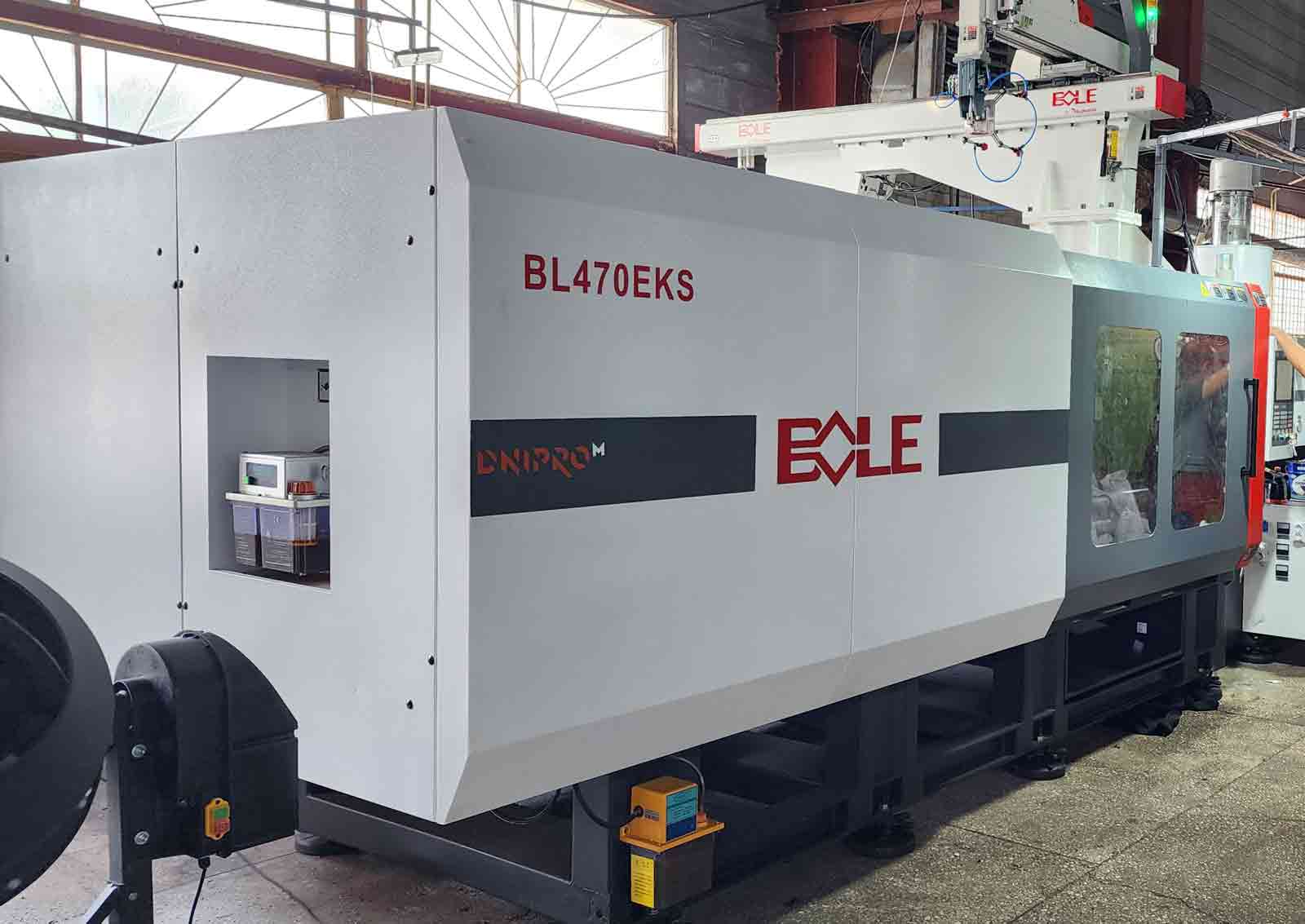
Injection molding machines have revolutionized the plastics processing industry. This is why you will find many versions of them on the market. However, it is the hydraulic injection molding machine that has been very popular for many years.
How does it work and what are the advantages of this device? What are the main differences between hydraulic and electric injection molding machines and what should you look for when choosing this equipment?
Injection molding machines - basic information
Injection molding machines produce plastic parts that can take on a variety of colors, shapes, and sizes. Thanks to this, you can achieve excellent part quality and repeatability at low cost. However, in order for the entire process to proceed smoothly, an appropriate type of device is required.
When choosing machines for plastic processing, you should pay attention to such nuances as:
- adaptation of the injection molding machine to the dimensions of the part;
- volume of production automation;
- selection of the standard size of the injection molding machine for the planned production capacity;
- operating costs;
- maintenance and repair of injection molding machines and availability of spare parts for them;
- sustainable production (efficient use of natural resources);
- equipment and innovative solutions used in the device.
Hydraulic and electric injection molding machines
This type of device deservedly ranks high on the list of factors that you should pay attention to when choosing a plastic processing machine. You can choose hydraulic or electric injection molding machine. What are their differences?
Firstly, hydraulic injection molding machines are several tens of percent cheaper than electric models, which makes them affordable even for limited budgets. However, in the long term, the operating costs of electric machines are more profitable. Advantages of electric machines include cleaner production, lower noise levels and no need to cool the hydraulic oil.
It is worth noting that hydraulic and electric injection molding machines have a similar control system. However, the electric model uses servo motors, thanks to which the device can be controlled more accurately.
Hydraulic equipment is also not far behind in this regard. In recent years it has been modernized in terms of precision valves, pumps and controls. Therefore, many models allow very precise setting and control of parameters. In addition, hydraulic machines often demonstrate greater power and reliability when handling large parts, making them indispensable in a number of manufacturing processes.
Should you choose a hydraulic or electric model?
When choosing between hydraulic and electric injection molding machines, it is important to consider various factors to suit your production needs.
Hydraulic injection molding machines
When hydraulics dominate the production floor, it pays to choose a proven solution. Hydraulic machines are generally cheaper to purchase and can be affordable even on a tight budget. Their power and reliability make them especially effective when working with large and complex parts. In recent years, hydraulic equipment has been significantly modernized, allowing for improved control accuracy of valves and pumps. This ensures production stability and eliminates the need for additional training of employees to use new equipment.
Electric injection molding machines
Electric injection molding machines, despite their higher initial cost, offer significant benefits in the long term. They provide cleaner production with less noise and no need to cool the hydraulic oil. The use of servo motors allows for higher control accuracy, which is especially important for the production of small and precise parts. These machines can also reduce operating costs due to their high energy efficiency.
Common advantages
Despite all the differences, both hydraulic and electric injection molding machines are excellent devices that guarantee high quality and precision production. Both types of machines can be used in any industry where plastics processing is important. They can also be connected to a variety of peripheral devices such as product retrieval robots, material handling systems and other automated systems, increasing production flexibility and efficiency.
Conclusion
When choosing between a hydraulic or electric model, it is important to consider your specific production needs, budget, and long-term goals. Hydraulic machines offer power and reliability at a lower initial cost, while electric machines provide precision, cleanliness and energy efficiency. Both technologies continue to evolve, providing manufacturers with a wide range of high-quality plastics processing equipment.